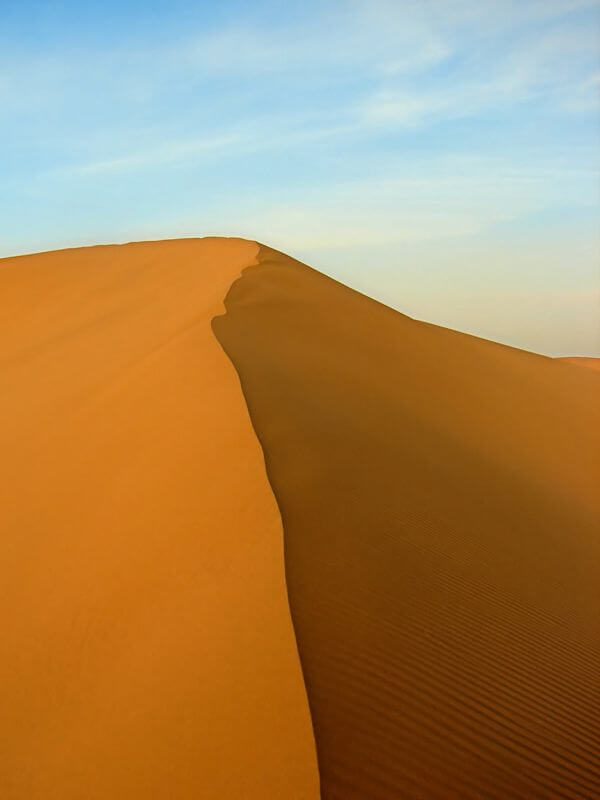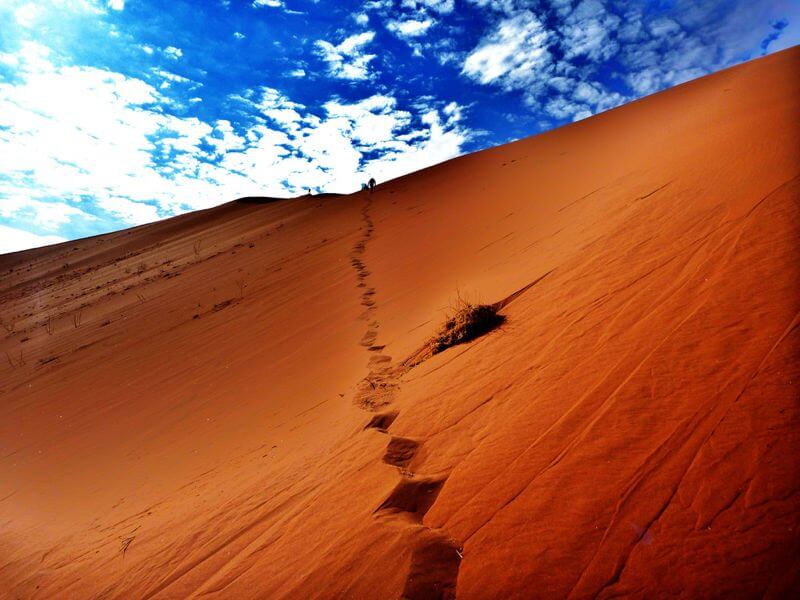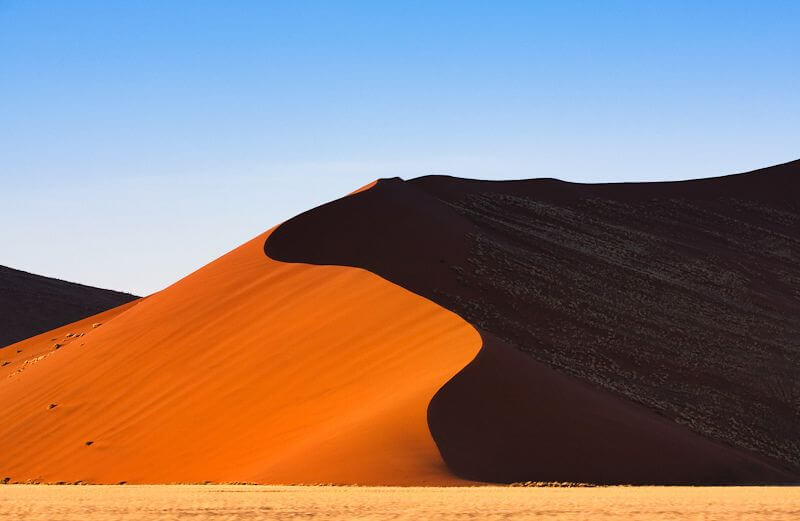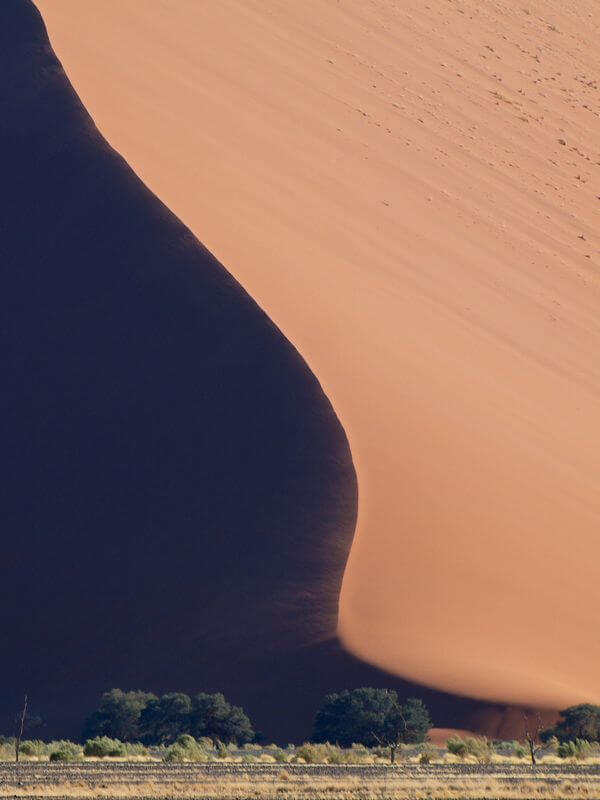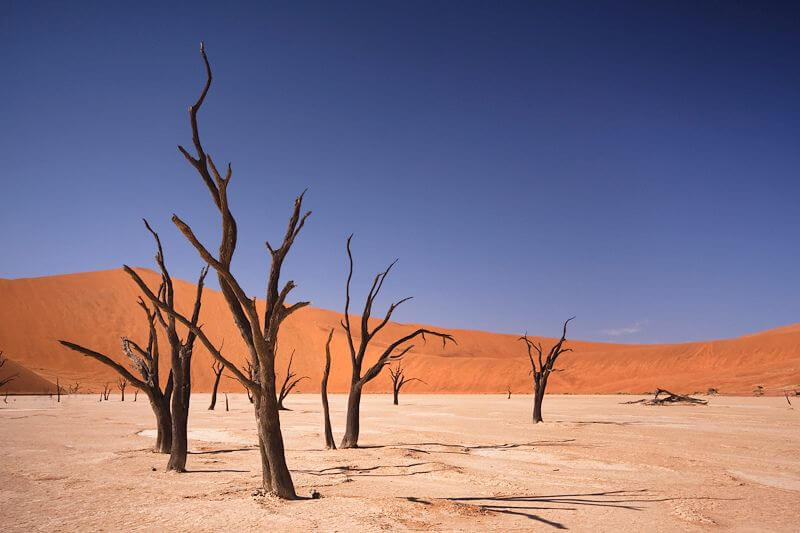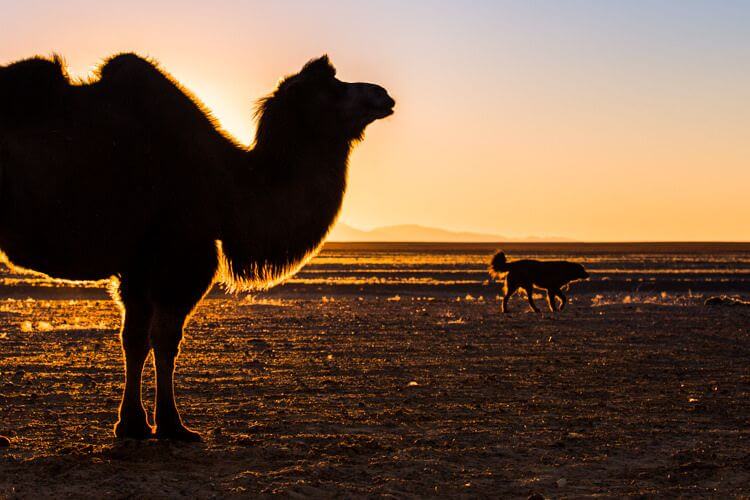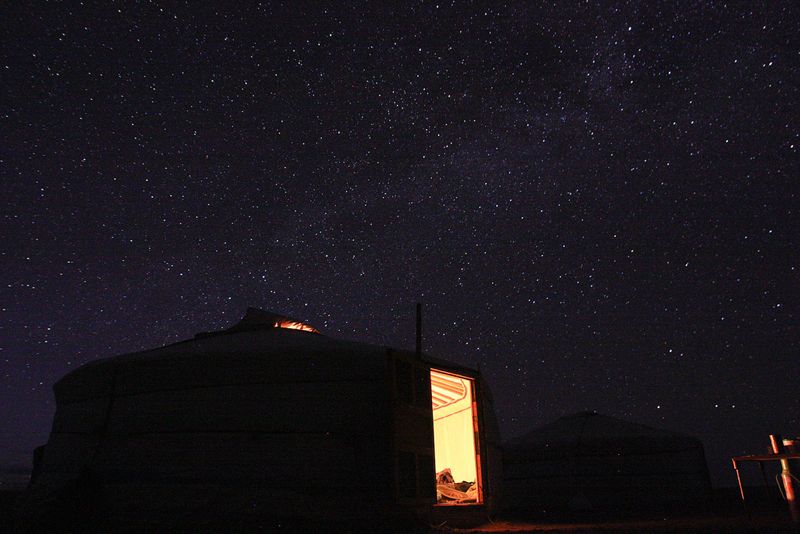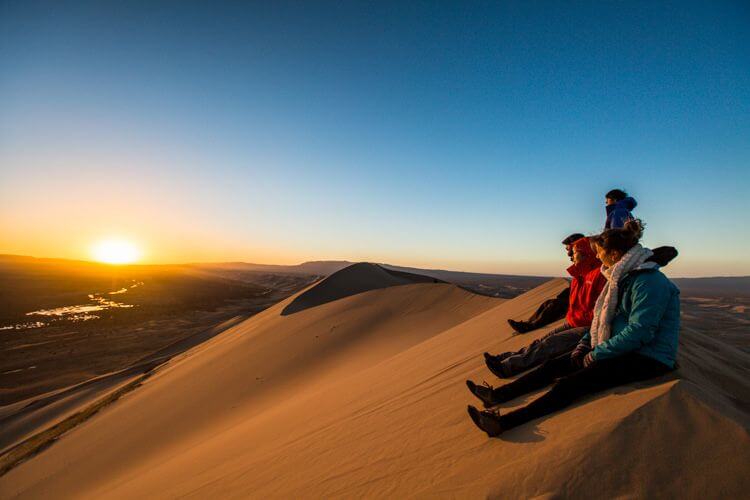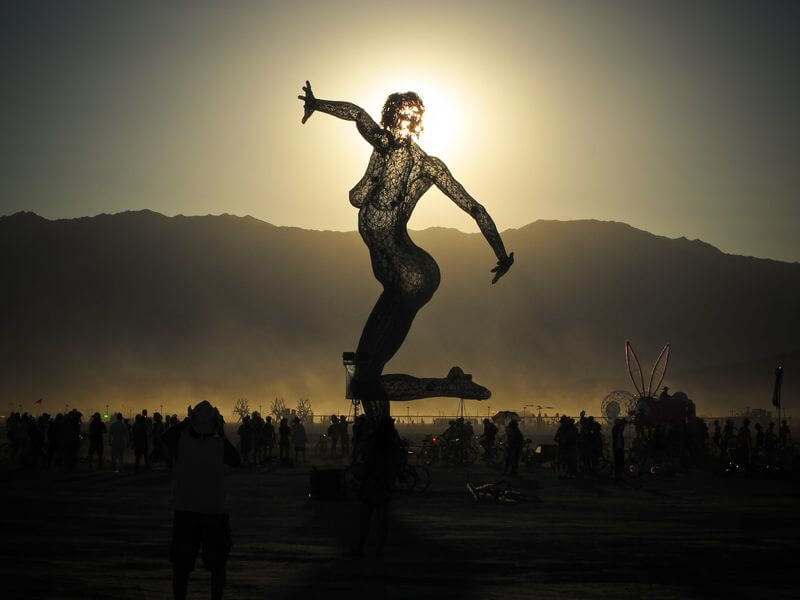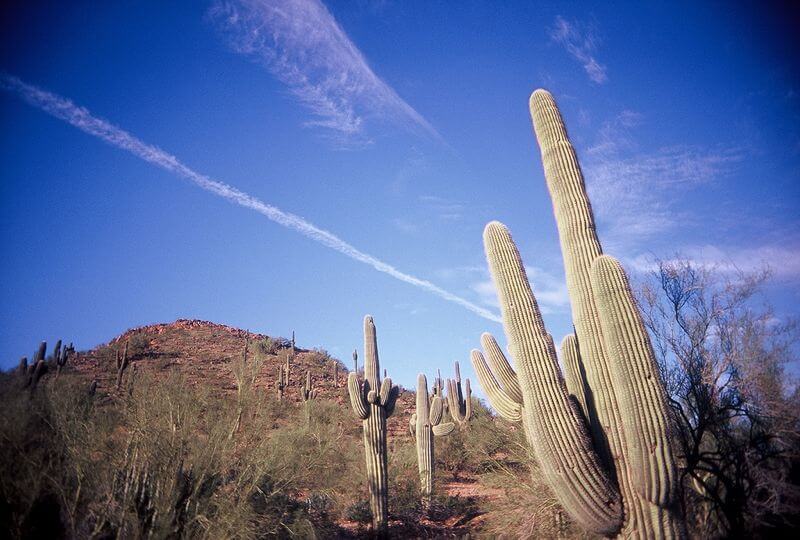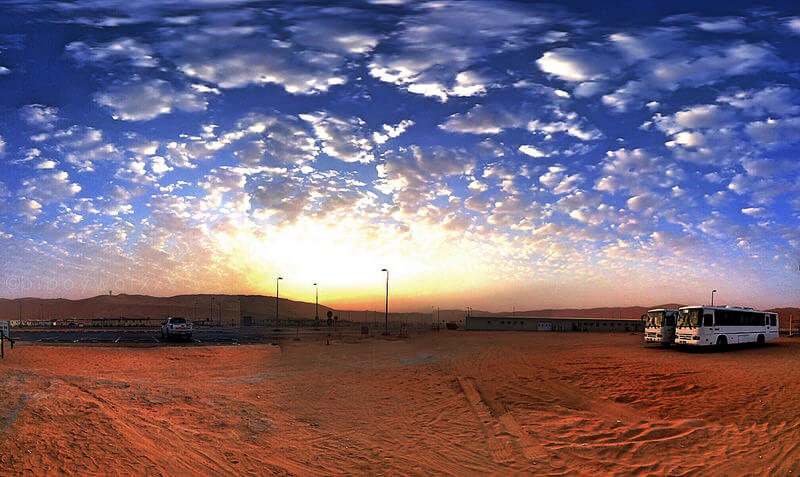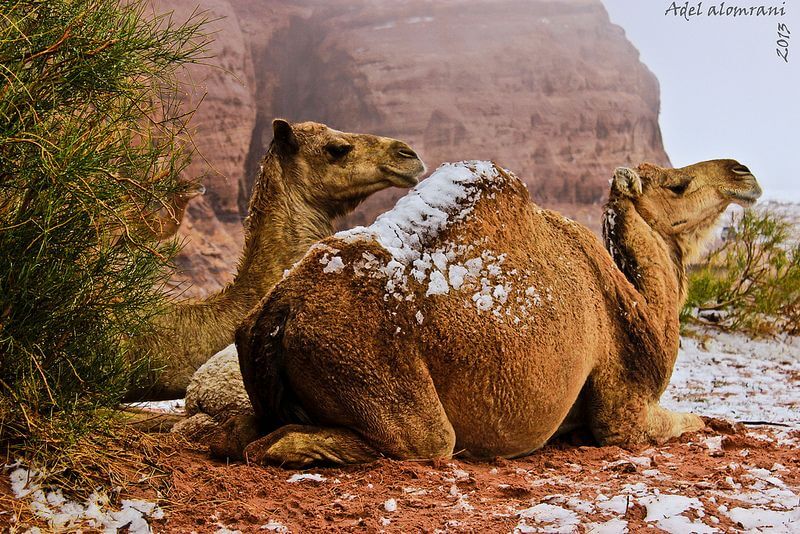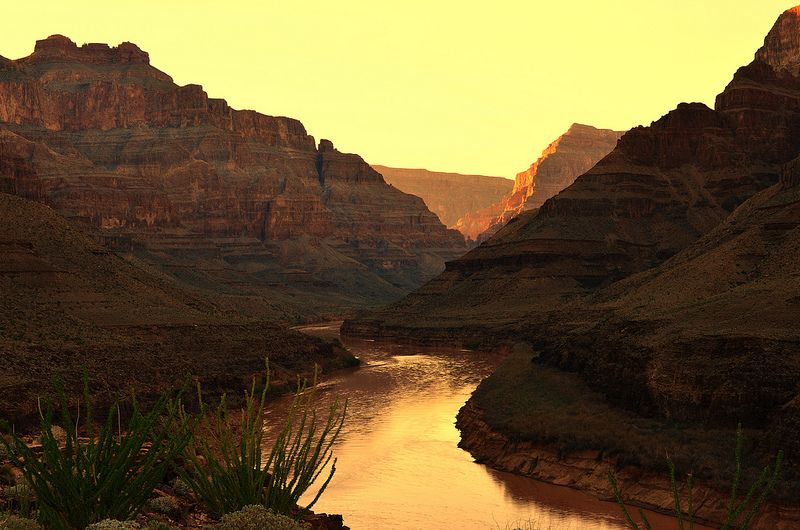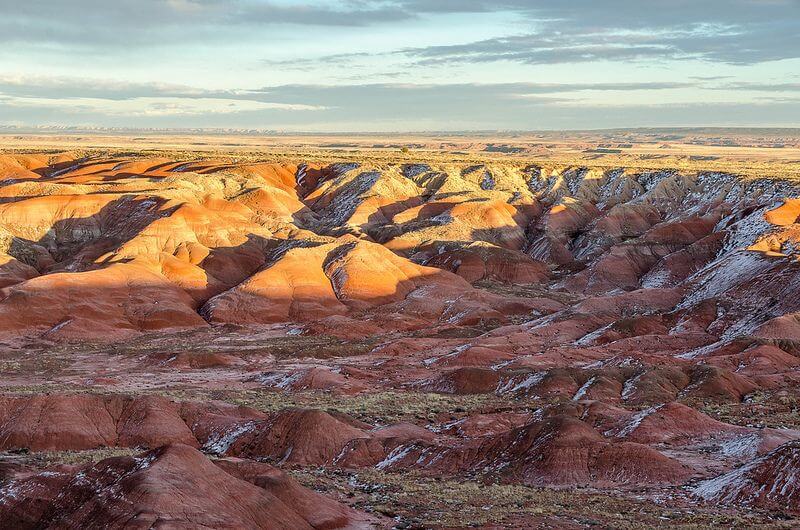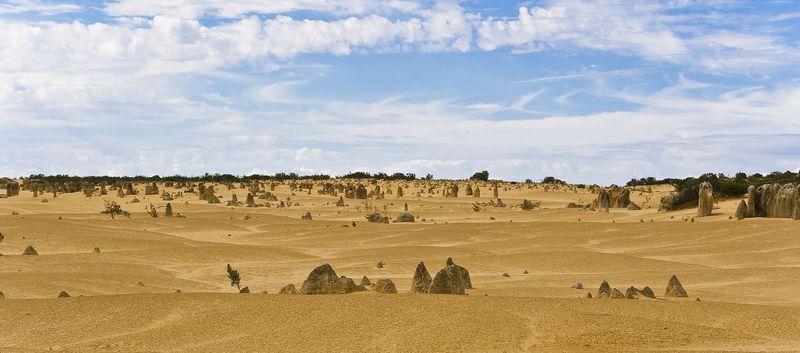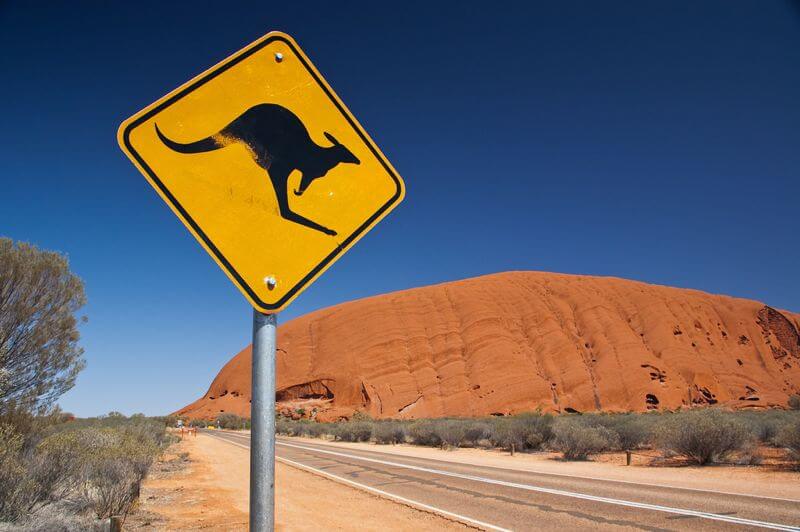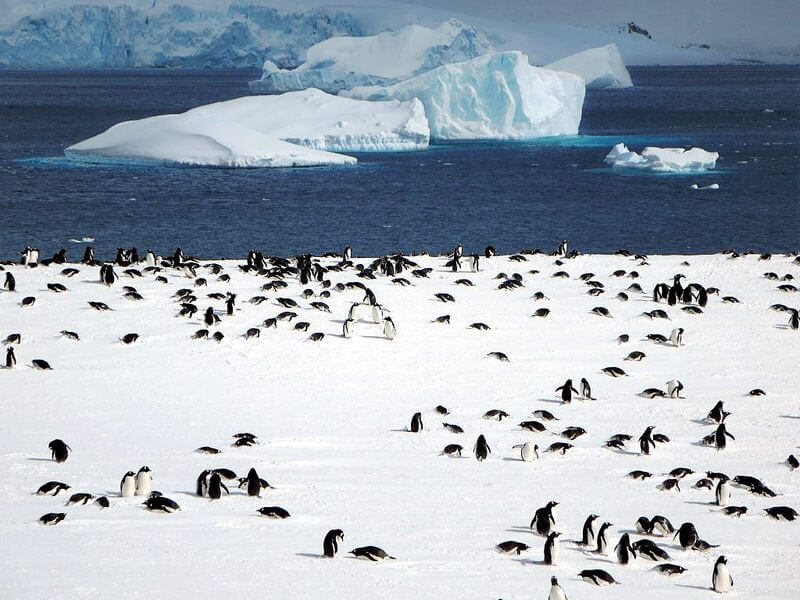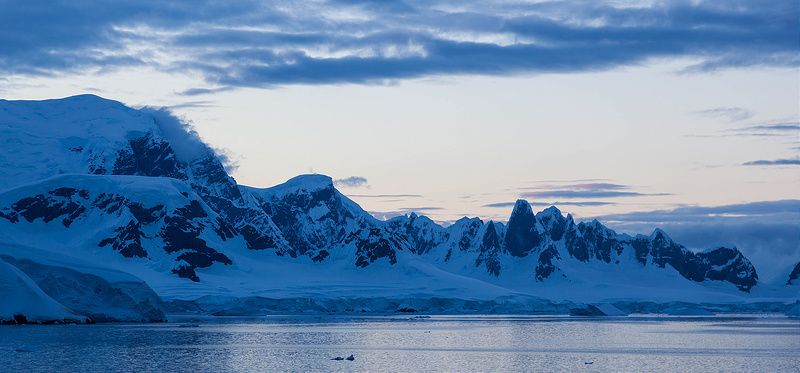Deserts are harsh places to visit. You have to plan for extreme heat, freezing nights, and other dangers like snakes or getting lost. For that reason, they’re not always the first choice for landscape photographers.
You might think, “If I want photos of clear skies and sand dunes, I’ll go to the beach.” However, a day trip to the beach won’t give you the same otherworldly feeling as an immense, empty desert. A desert is more than just sand and sky. Each desert has a culture, a distinct geography, and a group of people who live around it. All of these can be interesting subjects.
The following 12 deserts are fantastic places for photographers to visit. Some have beautiful landscapes, while others have a unique atmosphere and culture. No matter which one you choose to photograph, you’ll walk away with amazing photos.
1. The Sahara
The Sahara is the largest desert in the world outside of the arctic. It’s about as large as the United States. This massive size alone makes it worth seeing: endless sand dunes and barren plateaus, reaching from one side of Africa to the other. It encompasses many cultures and languages, uniting countries from Egypt to Mauritania. When you photograph the Sahara, you getting a snapshot of a giant.
Mycroyance – Merzouga desert, Morocco
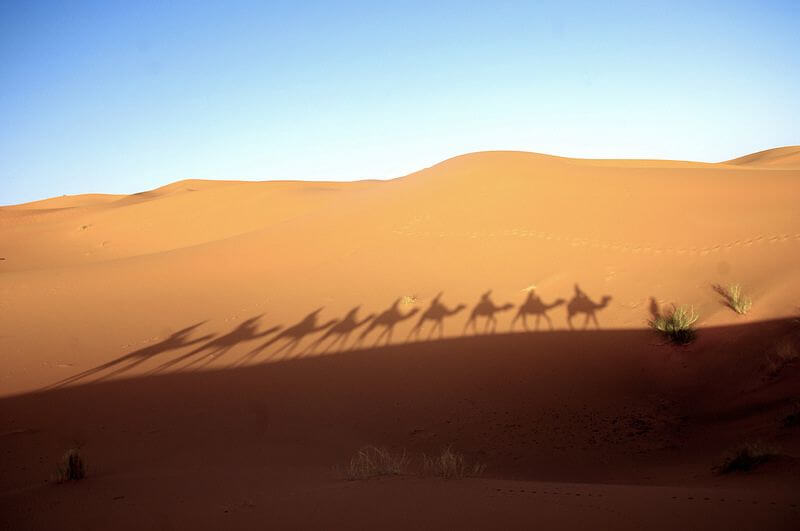
Dimitry B. – Walking on Erg Chebbi, Morocco
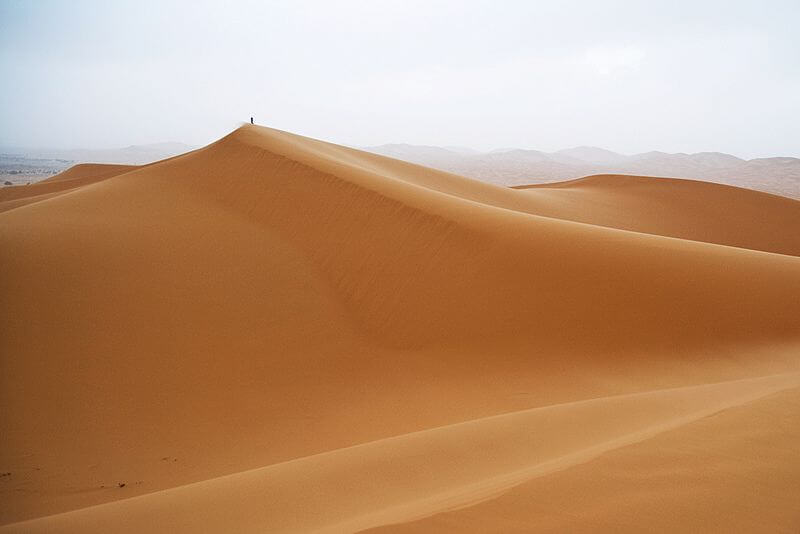
Michał Huniewicz – Sunrise, Almost – Cargo Train Across the Sahara
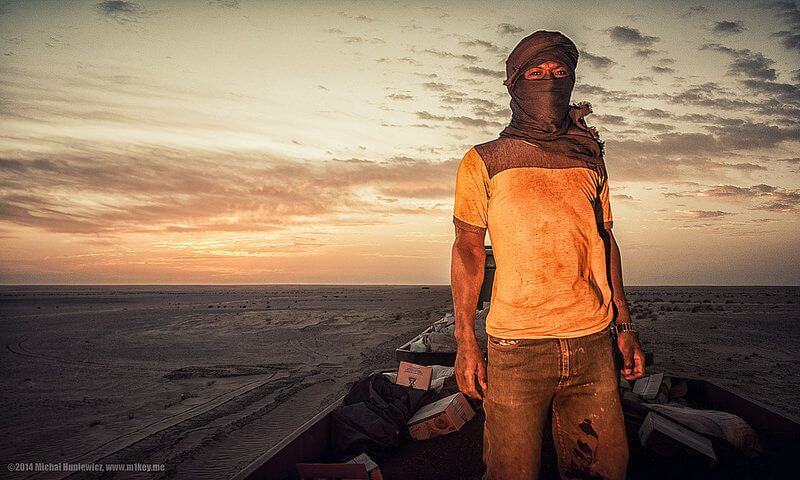
2. Namib Desert
Although the Namib Desert is smaller than the Sahara, its dunes are larger. Some are even 300 meters (980 ft) high! They have a beautiful burnt orange color as well. This hue shows how old the dunes are, as the iron in the sand oxidizes over time. The Namib Desert is considered to be one of the oldest in the world, so you’ll have a hard time finding such vibrant dunes elsewhere.
3. Gobi Desert
Unlike most deserts, the Gobi Desert is cold. Frost or snow sometimes covers its dunes, but it can also get quite warm in the summer. In fact, the Gobi Desert is known for its rapid extremes, changing temperature by as much as 35 °C (63 °F) within 24 hrs.
Despite these extremes, the Gobi Desert has a rich cultural history. It was part of the Mongol Empire and held several important cities along the Silk Road. Even earlier in history, it was the home of dinosaurs and prehistoric societies. Archaeologists have found fossils of dinosaur eggs and stone tools in the northwestern part of the desert. This cultural background, along with the breathtaking Mongolian steppes and mountains, make the Gobi Desert a great place for photography.
Jonathan Kos-Read – Silk Road #9
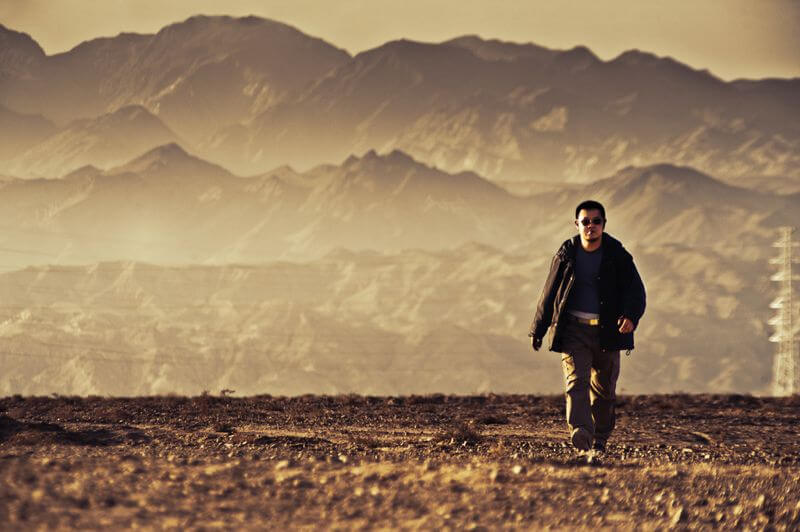
4. Black Rock Desert
The Black Rock Desert is made up of lava flats and a dry lake. Though its appearance and history are interesting, it’s mainly known as the location for Burning Man, an annual festival celebrating community and art. Originally started in 1986 with just 20 participants, the festival has since exploded into a massive event with around 70,000 participants. From the last Sunday of August to the first Monday of September, the otherwise empty Black Rock Desert becomes home to this huge crowd of ‘burners’, along with sculptures, bicycles, electronic music and mutant vehicles. It’s a creative feast for photographers.
Trevor Bexon – Black Rock Desert without Burning Man
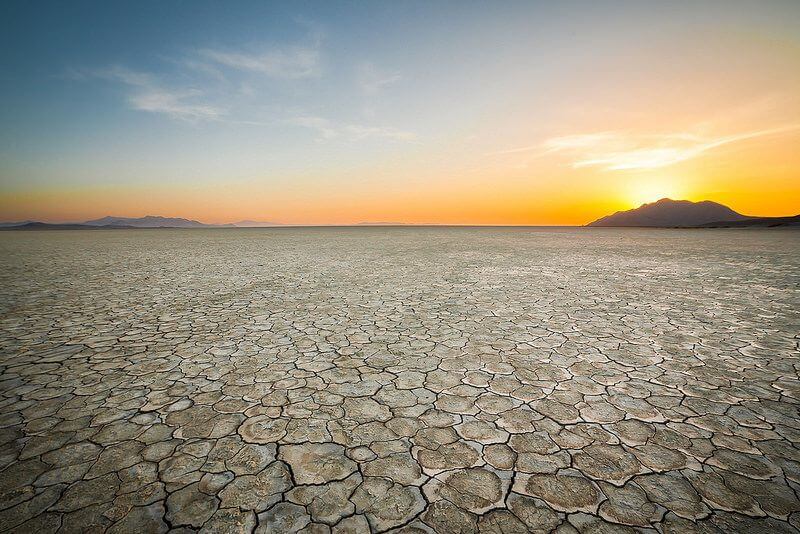
Steve Jurvetson – Burning Man Overview

Dmitry Sumin – Buring Man 2011: Temple of Transition
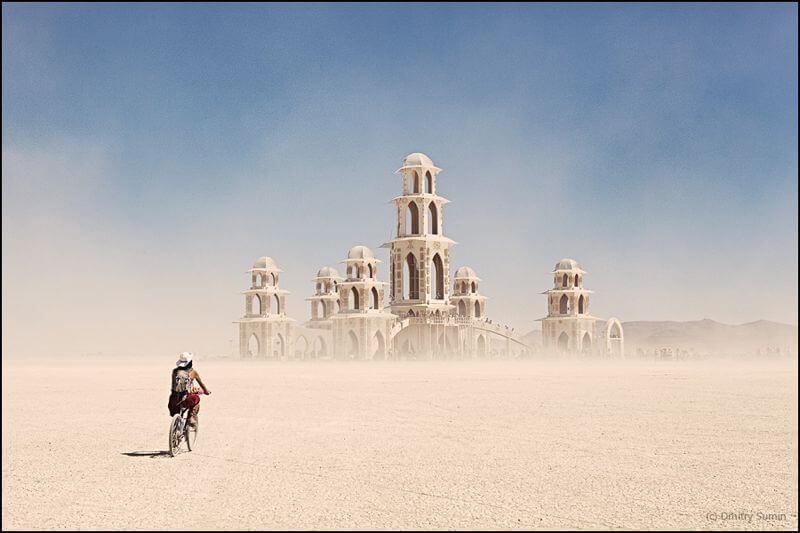
5. American Southwest (Mojave / Sonoran Deserts)
The American Southwest is mainly made up of two deserts, the Mojave and the Sonoran, also called the “high” and “low” deserts. The borders of the Mojave Desert are loosely defined by certain plants which only grow in that area. The most notable one is a spiky yucca plant called the Joshua Tree. So many Joshua Trees grow in the Mojave Desert that there’s an entire national park named after them. The desert covers several other National Parks, too, including the lowest and hottest place in America, Death Valley. These National Parks all have fascinating places to see and photograph.
The Sonoran Desert is geographically next to the Mojave Desert but has a totally different set of plants due to its harsh climate. Some of these plants are unique to the area, like the giant saguaro cactus. The desert has many other types of cacti, too, from the prickly pear to the organ pipe cactus. Although the desert has intense heat, you’ll find plenty of thriving plants to photograph.
Rennett Stowe – Desert in Spring
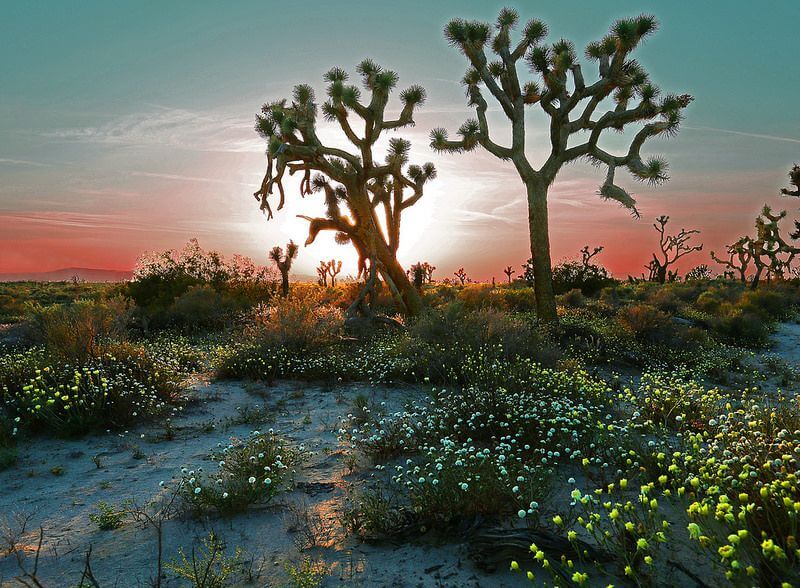
Dzung Tran – Death Valley – Mesquite Sand Dunes
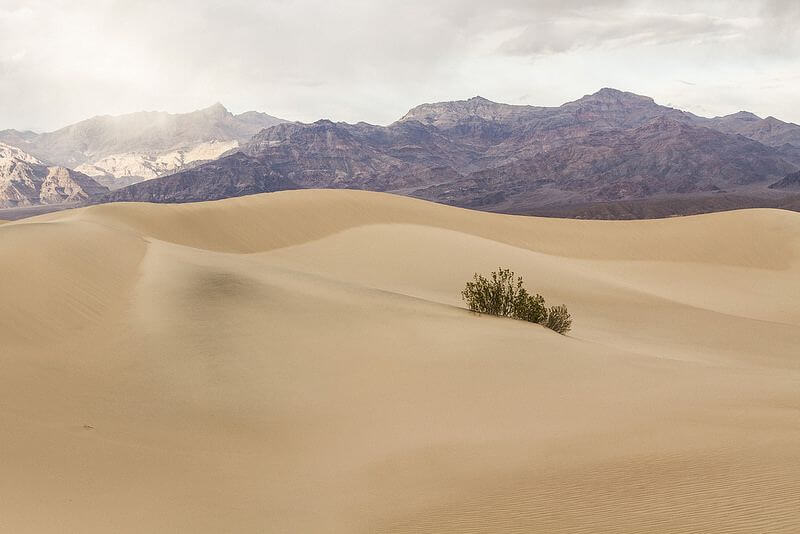
Bureau of Land Management – Sonoran Desert National Monument
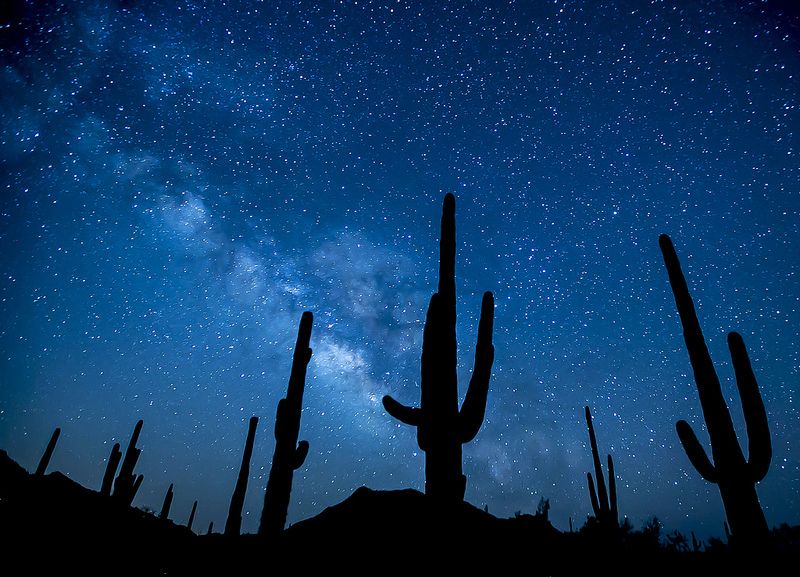
6. Atacama Desert
Some photographers head into deserts just to get incredible shots of the night sky. If this describes you, the Atacama Desert might be the best place for you to go. It’s the driest non-polar desert in the world. This dry air, combined with high altitude and clear, unpolluted skies, make it one of the best locations for astrophotography.
krheesy – Licancabur, Atacama desert, Chile
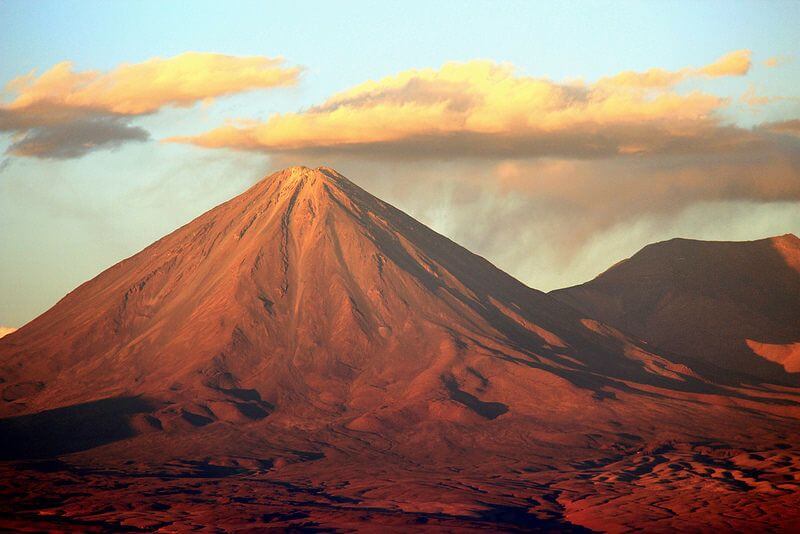
European Southern Observatory – Star Trails over Atacama Desert Cacti
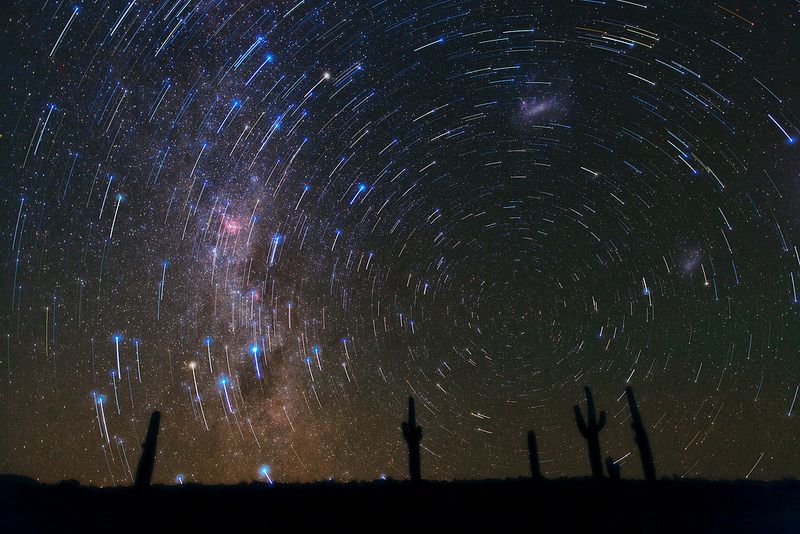
Luis Calçada – under the milky way
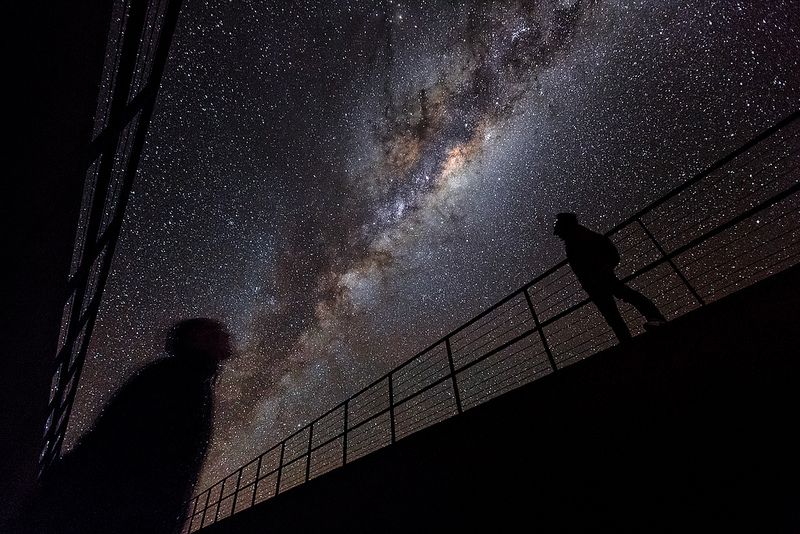
European Southern Observatory – Milky Way Shines over Snowy La Silla
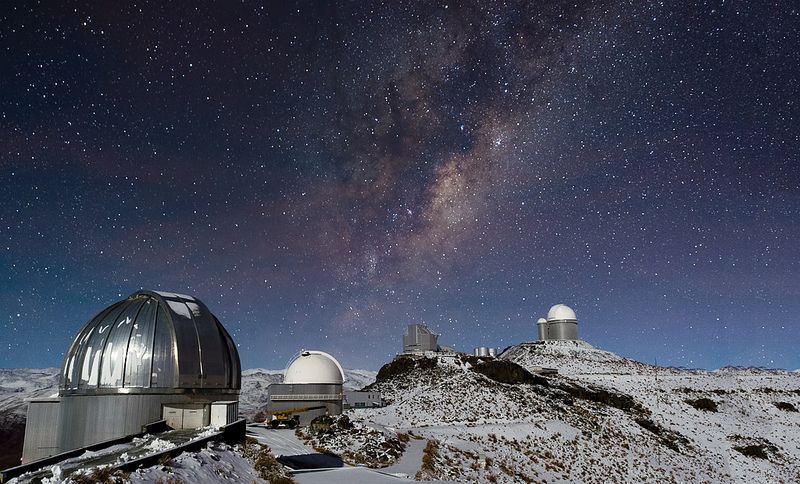
7. Arabian Desert
The Arabian Desert covers the Middle East, similar to how the Sahara dominates Northern Africa. The region is notorious for war, but there are still beautiful, peaceful areas to photograph. For example, the largest continuous sand desert in the world, the Rub’ al Khali, is located on the Arabian Peninsula, so you can reach it via the United Arab Emirates. In addition to these landscapes, you can get shots of the surrounding culture, from camels resting to cars racing across the desert.
Nicolas Rénac – Dune with the wind
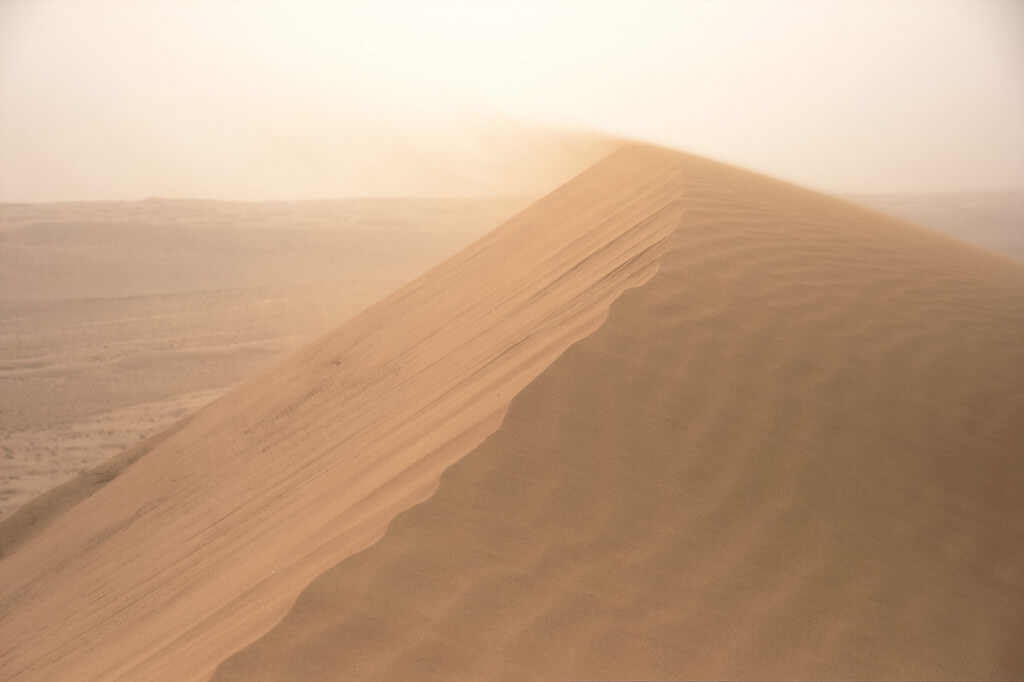
$amii – Toyota Hilux on the Dunes
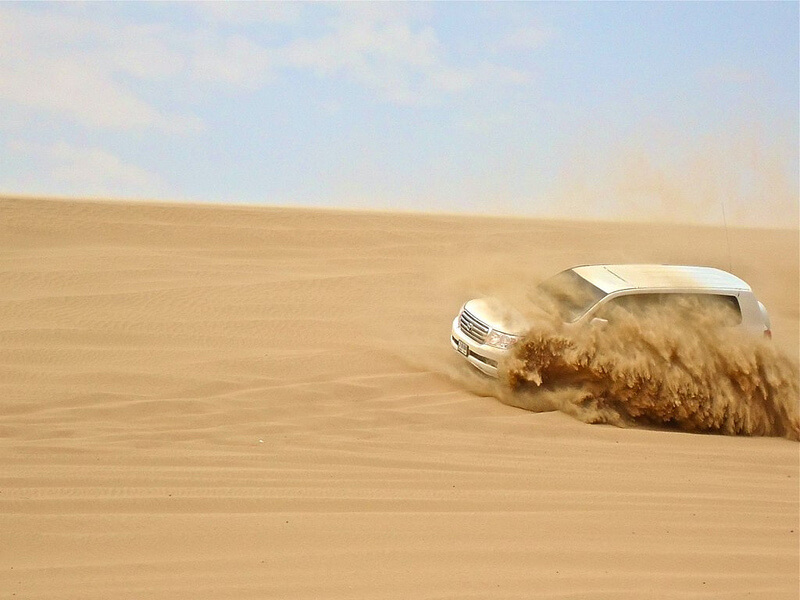
8. Painted Desert
This one’s technically part of the American Southwest, but it deserves a place of its own due to its distinctive beauty. It’s known for its brilliant color, from dark red to shades of lavender, which are caused by minerals in the rock layers. The breathtaking Grand Canyon and Petrified Forest National Park are also part of this area and definitely worth visiting.
Andrew Kearns – Blue Basin Sunset, Petrified Forest National Park
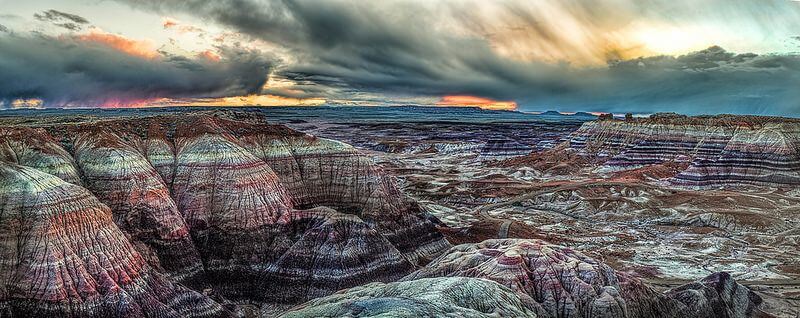
Henk Meijer Photography – Hopi Clown – Arizona – USA
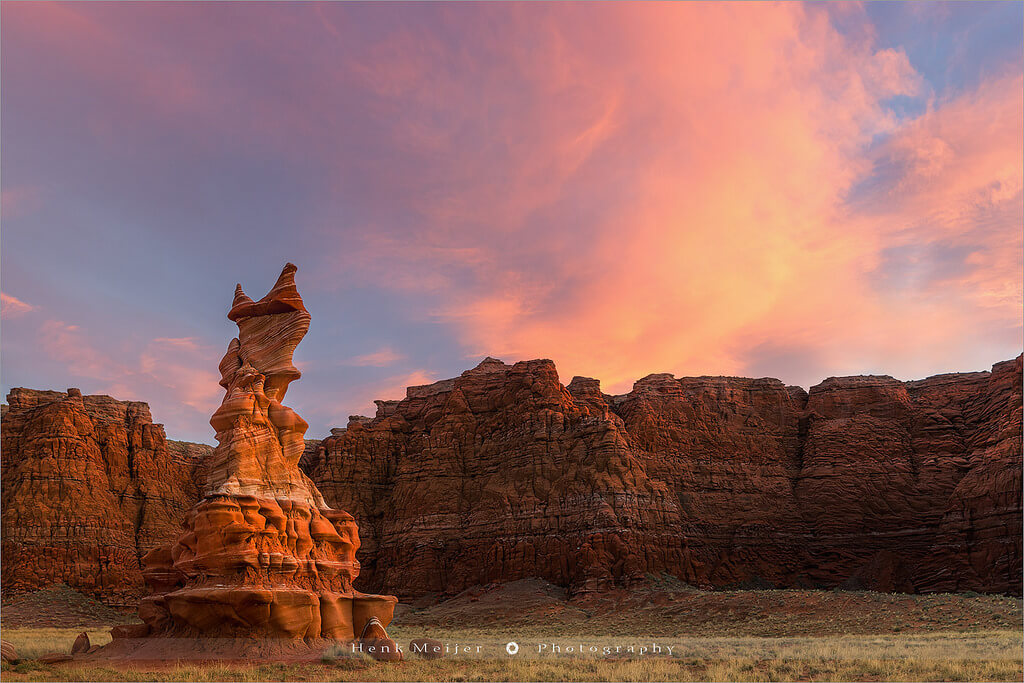
9. Salar de Uyuni
Located in Bolivia, Salar de Uyuni is the world’s largest salt flat, a remnant of several prehistoric lakes. Its immense size, combined with bright sunlight and reflections of the sky, give it an almost surreal beauty. Every photo of the salt desert seems to have the same soundtrack: silence and wind.
Mike – Sunset at Salar de Uyuni
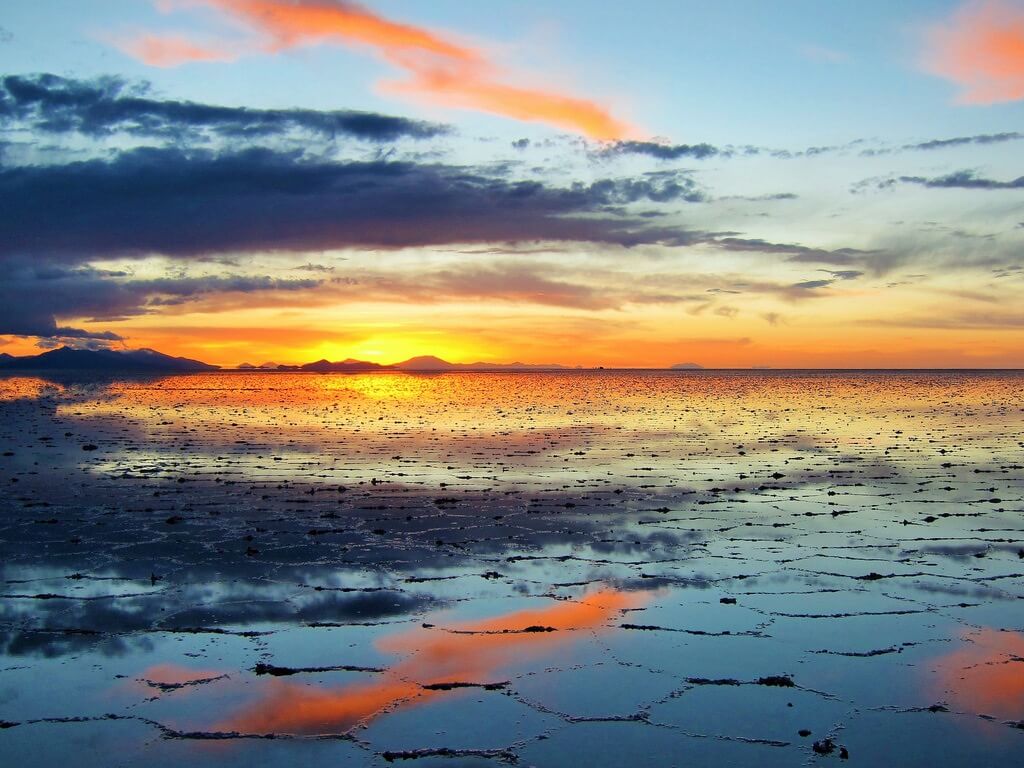
Dimitry B. – Before Sunrise, Salar de Uyuni, Bolivia
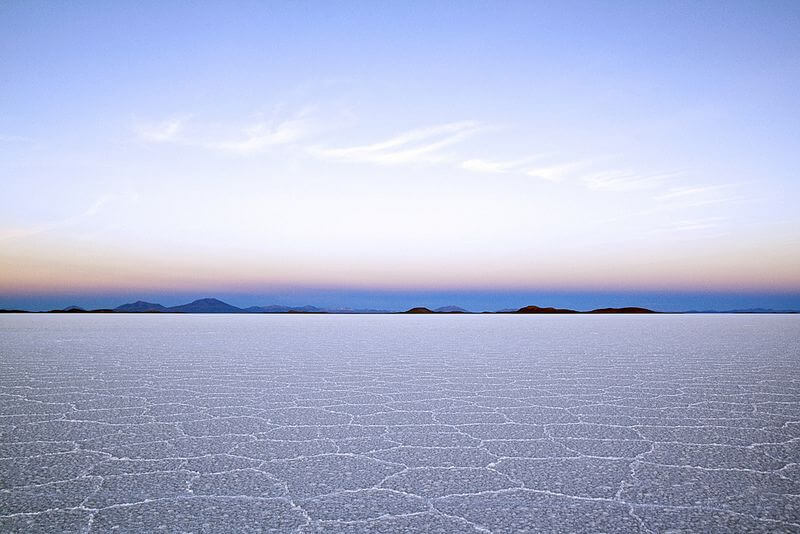
Jan Beck – Salar de Uyuni 4 day Tour
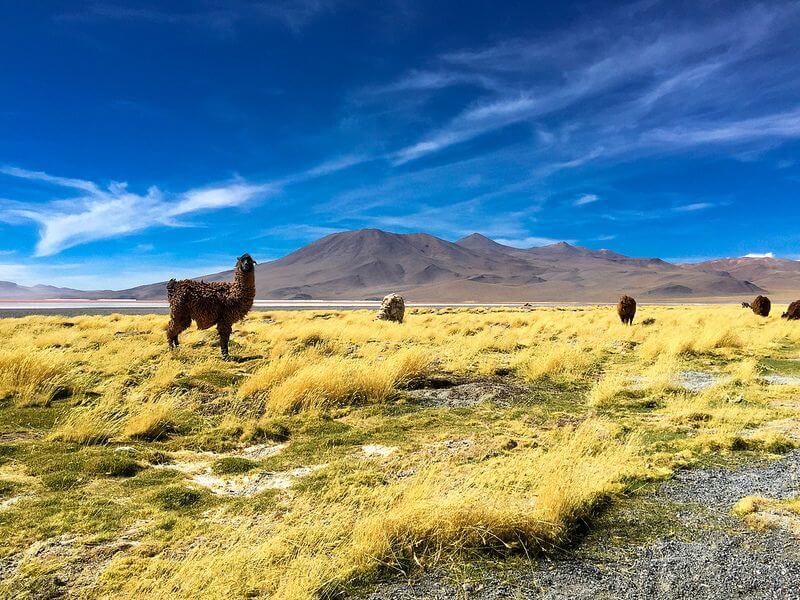
Leonora (Ellie) Enking – Sunset over the Salar de Uyuni
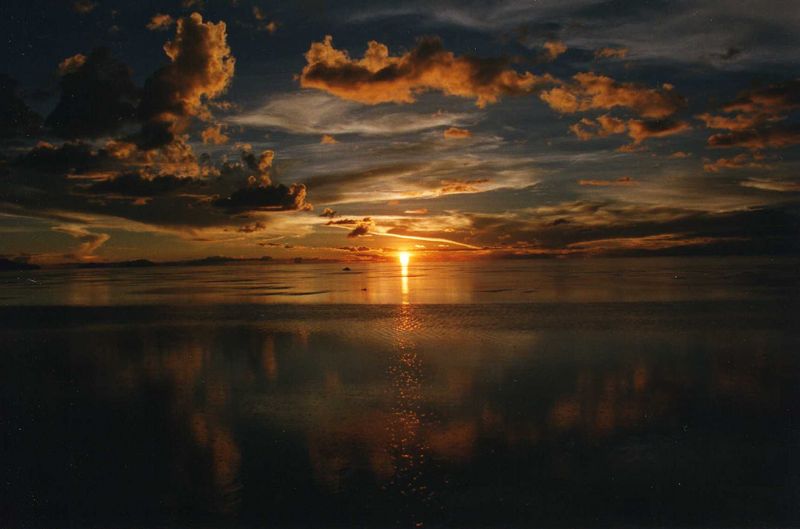
10. Deserts of Australia
After Antarctica, Australia is the driest continent. It has ten deserts, the largest being the Great Victoria Desert. No matter which desert you visit, though, you’ll experience the unique vibe of Australia. In addition to the desert landscapes, you can get shots of how Australian culture has grown and adapted to the harsh Outback, making it an awesome place to visit.
Nathan Siemers – We did not climb Uluru
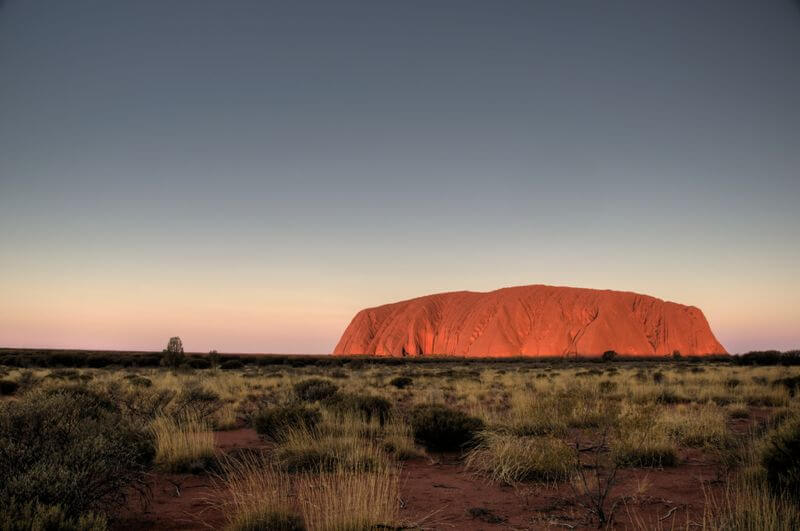
Larry W. Lo – Lemonade, anyone?
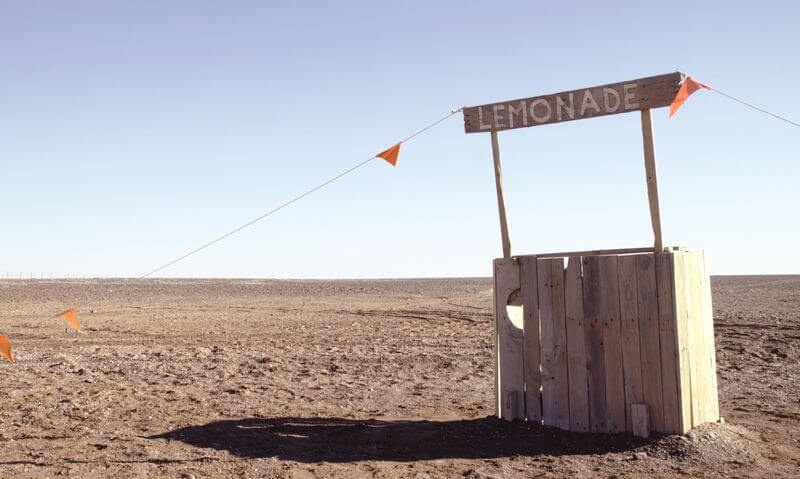
11. Antarctica
Antarctica is the coldest, driest, windiest, and highest of all continents. It’s one of the most brutal deserts, yet despite its merciless conditions, many creatures and plants manage to find a home among the ice and freezing water. It even has a permanent human population of over a hundred people, including children who were born there. This unusual environment is alone worth documenting. Add gorgeous icy mountains and colonies of penguins, and you’ll have plenty of scenes to capture.
